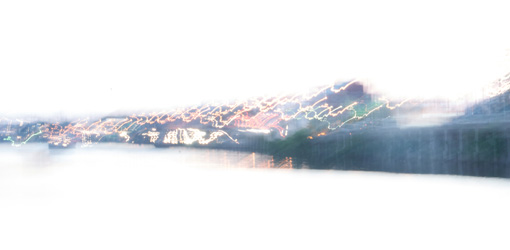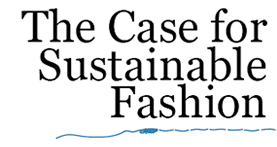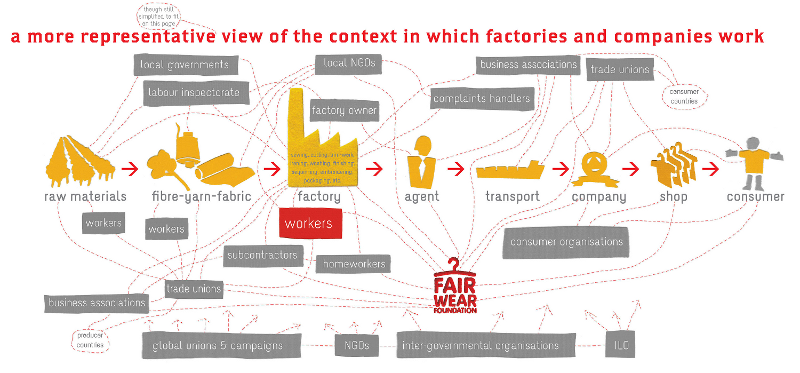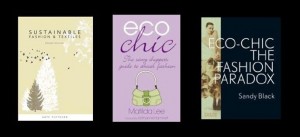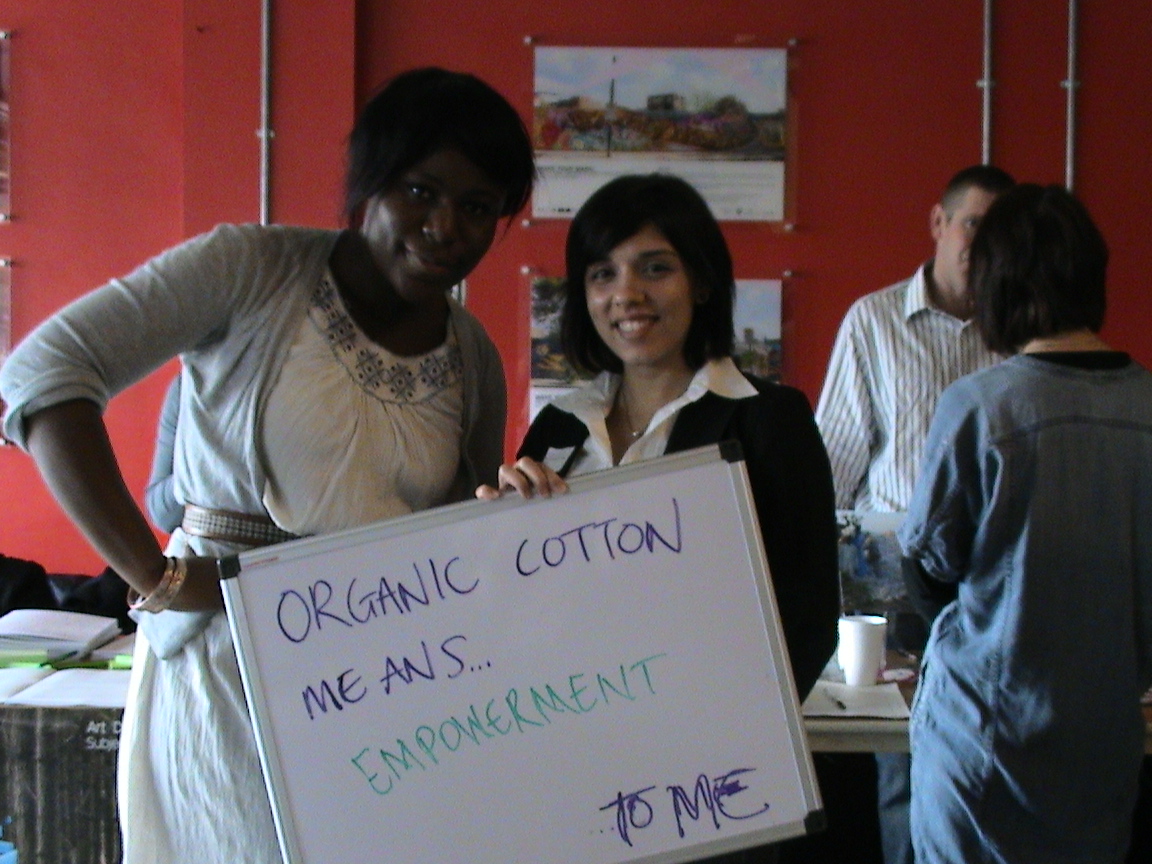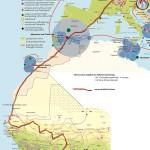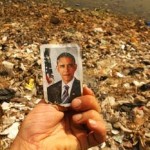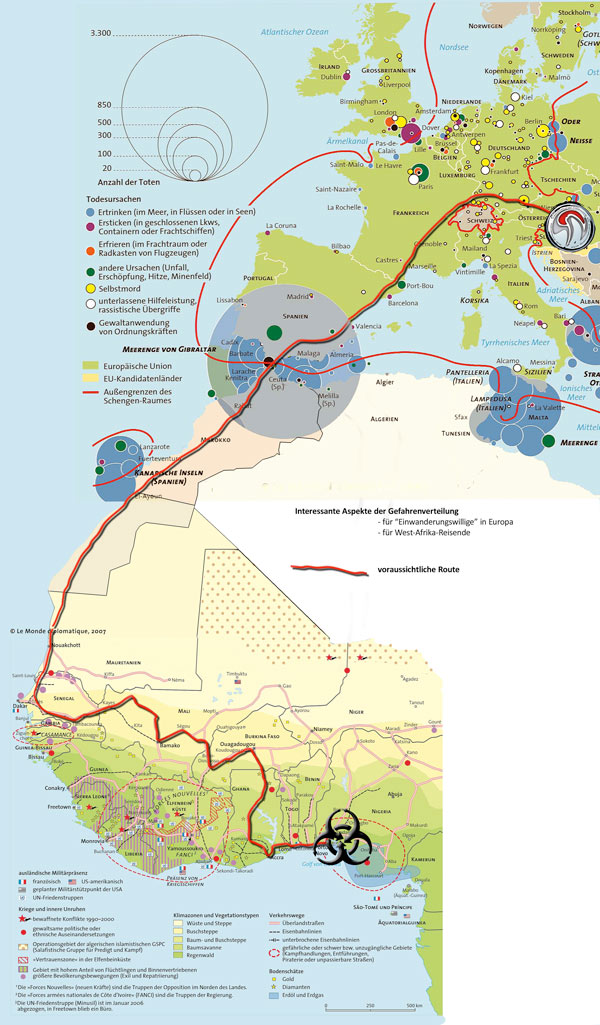“To mark the launch of the new Graduate Program in Transdisciplinary Design, this year’s Stephan Weiss Lecture Series in The School of Design Strategies is dedicated to the theme of transdisciplinary design. The series will explore the shifting of boundaries of design in a complex world. Designers are rethinking their practices as they increasingly confront a world in which the complexity and interconnectedness of its people, infrastructures, networks, and economies challenges traditional, disciplinary responses. Designers are increasingly designing businesses, services, experiences, policies, and even emergent social forms; and along the way they are inventing new methods, new tools, and new ways of conceiving design. This year’s series will include a diverse range of designers and design thinkers who are reflecting on these new conditions and envisioning future practices. Staged as a series of four moderated conversations, the Stephan Weiss Lecture Series for 2010 will present multiple vantages on the state of design today and the possibilities for design tomorrow.” (Parsons, MFA Transdisciplinary Design)
If you missed the first lecture, Transformational Networks, on Feb. 23rd, you can still catch the next two in the series:
Transfiguring Practices, Thursday, March 25, 6-8 pm
Transitional States, Tuesday, April 6, 6-8 pm
Source: Parsons, MFA Transdisciplinary Design
